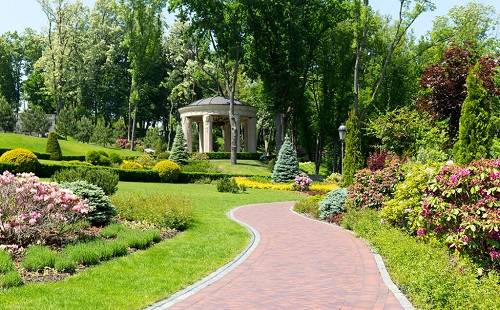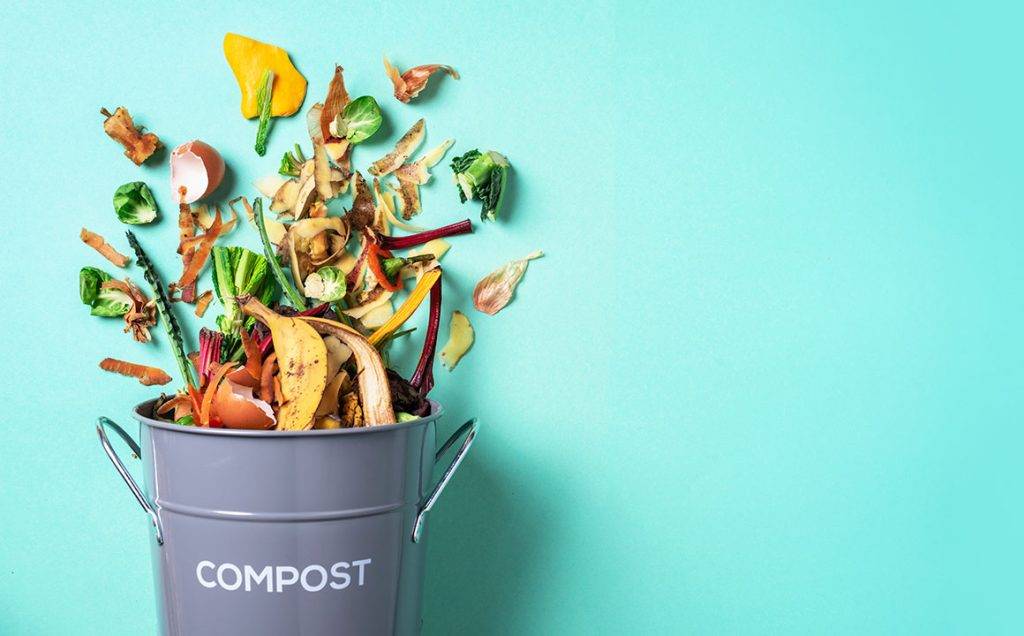Are you toying with the idea of transforming your garden waste into a precious resource for your plants? Then you’re at the right place, because we’re about to teach you the art of composting. Composting is not just a sustainable practice, it’s also a gratifying adventure. In this comprehensive, we’ll take you through the steps of turning your garden scraps into nutrient-rich fertilizer that will leave your garden thriving all year long.
The Basic Ingredients
Let’s talk basics first, shall we? And what’s more basic than the basic ingredients? The essential ingredients for successful composting fall into two categories: “green” and “brown.” Green materials comprise kitchen scraps like fruit and vegetable peels, or even coffee grounds, in addition to fresh yard waste such as grass clippings. On the flip side, brown materials consist of drier components like leaves, straw, or even shredded newspaper. The secret to effective composting lies in achieving a harmonious balance between these two categories.
Building the Pile
The fun part is finally here! That means that it’s time to start building your compost pile. Start with a foundational layer of brown materials, such as dried leaves or straw, approximately six inches thick. Subsequently, add a layer of green materials, followed by a sprinkle of garden soil or finished compost if available. Continue this layering process, slowly forming a sort of lasagna for your garden. And never overlook the importance of moistening each layer. Your compost pile should exude the dampness of a well-wrung sponge.
Stirring the Pot
Never underestimate the importance of giving your compost pile a good stir. Utilize a pitchfork or shovel to turn the pile every few weeks. This simple act of turning introduces air into the compost, ensuring that the beneficial microorganisms within continue their important work. If you’re feeling particularly ambitious, consider constructing a compost bin equipped with a rotating drum. It streamlines the turning process, making you feel like a pro. However, the old-fashioned way is more than okay as well.
The Art of Waiting
Now, here’s where your patience comes into play. Composting isn’t an overnight transformation; it more closely resembles the slow-cooking of a sumptuous stew. The time required for your compost to mature into the rich, earthy goodness your plants crave can vary, influenced by factors such as weather conditions and the composition of materials. Be prepared for the journey to span anywhere from several months to a year. So if you’re not a particularly patient person, this may not be the right hobby for you. However, every seasoned gardener knows that good things do, in fact, take time.
Overcoming Common Hurdles
While composting is typically smooth sailing, occasional challenges can become a thing. Unpleasant odors, excessive moisture, or the unwelcome arrival of pests can be discouraging, but there’s not too much need to worry. All of these are typical learning experiences. You can swiftly address these issues by recalibrating the balance of ingredients, introducing more brown materials, and maintaining a regular turning schedule. Composting is a flexible process, and with practice, you’ll become a seasoned composting maestro over time.
YOU MIGHT ALSO LIKE
The Art of Pruning: Tips and Techniques for Healthy Garden Plants


